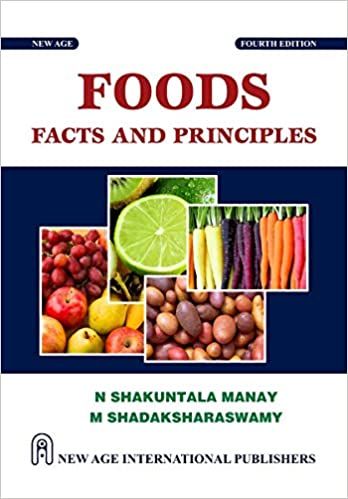Water pollution is defined as the Contamination of water bodies like rivers, lakes and seas by fertilizers, sewage, pesticides and oil or toxic wastes from ships or factories.
The most serious activity of the water pollution is caused by human activity-Urbanisation and industrialisation. The sources of pollution resulting from these are
a) Sewage: which contains decomposable organic matter and pathogenic agents
b) Industrial and Trade wastes, which contain toxic agents ranging from metal salts to complex organic chemicals.
c) Agricultural pollutants, which comprise of fertilizers and pesticides.
d) Physical pollutants and
e) Radioactive substances.
Effects of water pollution on food Quality
Food quality is an important food manufacturing requirement, because food consumers are susceptible to any form of contamination that may occur during the manufacturing process.
Water is the lifeline of the food industry. The purpose of serving delicious, nutritious meals prepared and served under hygienic conditions is totally lost if the water served along with it is contaminated. If safe drinking water is not available for consumption; it results in ill health. In India, 80% of all diseases originate from water. Water is often taken for granted in most food preparation and processing operations. As well as being an ingredient in many foods, it may be used for growing, unloading, fluming, washing, brining, ice manufacture and in sanitation and hygiene programs.
Water is just one route by which foods can be contaminated with disease-causing agents or toxic chemicals, it is potentially very important. Raw water can be contaminated with pathogens, usually as a consequence of human or animal faecal material or run-off contaminated with faecal material. It can also be contaminated with a wide range of chemicals, both natural and anthropogenic, which are of concern under some circumstances depending on the concentrations present. Contamination can arise in raw water or as a consequence of improper storage or pick-up of contaminants from distribution systems. It can also occur as a consequence of leakage from a dirty water system into a clean water system.
In addition, the increasing pressure to optimise water use within food production facilities may result in the potential for contaminated water to reach food products. Water can present some risks to food safety, but it is an essential part of food production and processing. It is, therefore, vital to minimise the risks and avoid unnecessary harm by ensuring that the necessary control measures are put in place.
When the foods are raised using water contaminated with the heavy metals prepared from the use of contaminated water frequently over a lifetime, they may increase the consumers’ risk of adverse health effects. Drinking water containing Detergents can cause liver and kidney damage, while sewage water carries diseases such as Giardiasis, Amoebic dysentery and Cholera.








